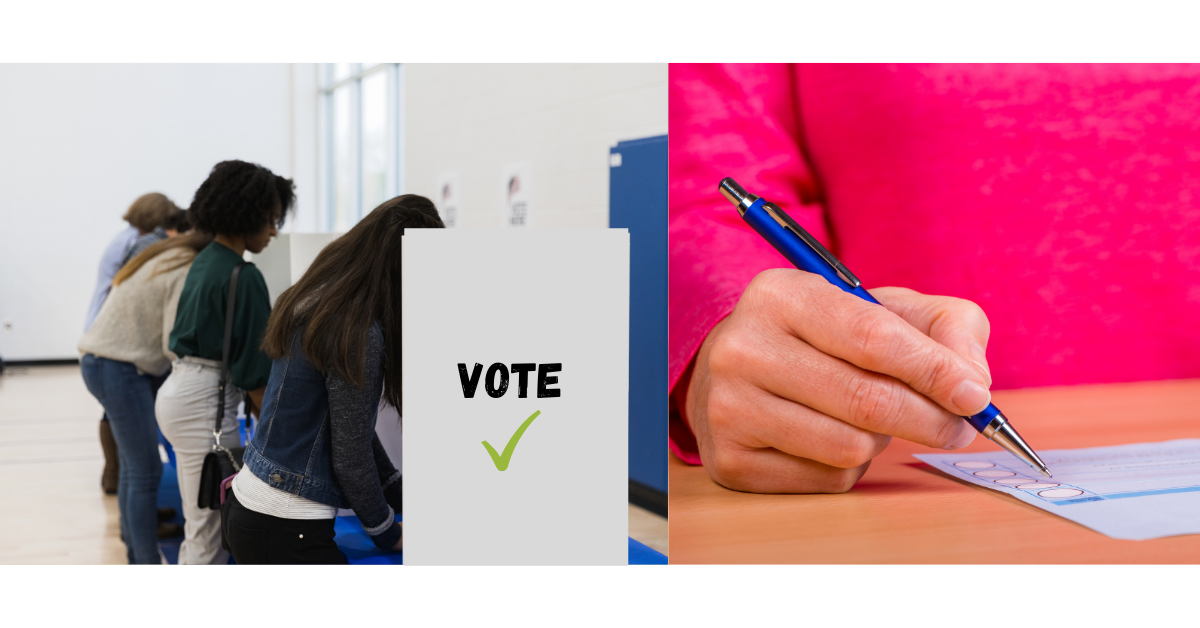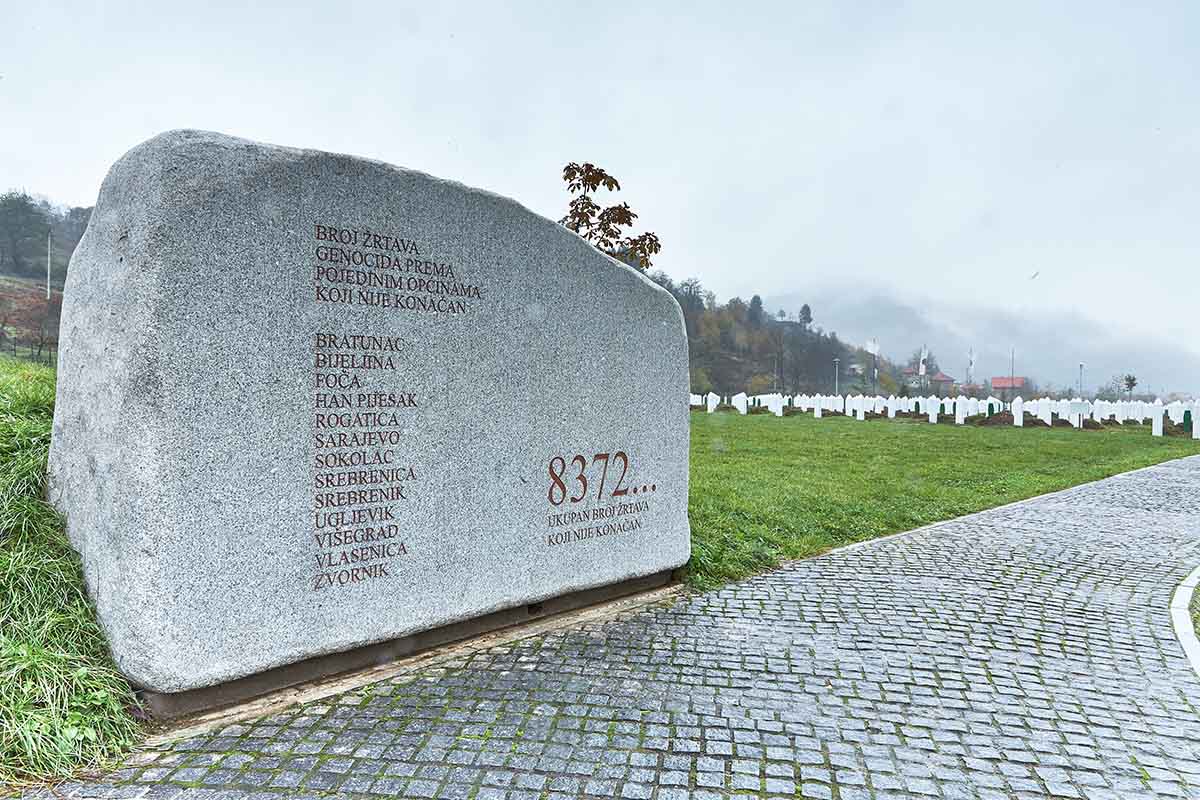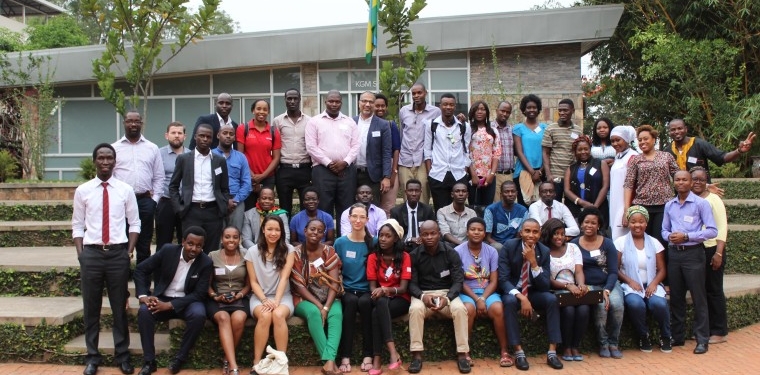The Evolution of Women’s Right to Vote
March 28
The struggle for women’s suffrage has been a long and arduous one. After more than 100 years, women in almost all countries now have the right to vote in local or national elections. But as 26-year old, Kenyan correspondent Sana Hussein points out, a low voter turnout among women in some countries indicates there is still some way to go for full equality and representation.
“Because man and woman are the complement of one another, we need woman’s thought in national affairs to make a safe and stable government.” – Elizabeth Cady Stanton
In the past, a much heavier patriarchal influence meant women did not possess suffrage for an extended period of time, long after men attained their right to vote. Women getting involved in politics was a foreign concept. But this began to take a turn in the period considered the “women’s era”.
Between 1890 and 1920, some women started to have greater economic and political opportunities and obtained the right to own property, control their wages and make contracts. Still, the journey to codifying women’s suffrage has been a long and strenuous one.
The beginning of the women’s suffrage movement traces back to 1840 when Lucretia Mott and Elizabeth Cady Stanton were barred from attending a World Anti-Slavery Convention being held in London, only because of their womanhood. The experience prompted them to organize their own event, a women’s convention in the United States.
This first women’s rights convention took place in 1848 in Seneca Falls, New York. On the agenda was the equal treatment of women and men under the law as well as voting rights for women. This sparked the women’s suffrage conversation in various jurisdictions, as women began to voice their concerns about their inability to vote.
But the 1861 US Civil War halted the suffrage progress till 1865 when the American Equal Rights Association was formed – a movement that was dedicated to the goal of universal suffrage. This movement for women’s rights (specifically equal political rights for women and a determination to use them for the moral reform of society) spread through the United States, New Zealand, Britain and its colonies, and northern Europe. Over the years that followed, women continued to fight for their right to vote by holding protests and meetings. Finally, it materialized.
Thanks to the efforts of Kate Sheppard, New Zealand became the first self-governing country in the world to grant women the right to vote in national elections in 1893. Europe and the Asia pacific regions were also front-runners in women’s suffrage, with countries slowly granting women the right to vote during the period of 1893 to 1960.
In Africa, 80% of countries granted women suffrage between the years 1950 and 1975, which was when these countries began gaining independence from their European colonizers.
Today, women in almost all jurisdictions can legally vote in their country’s local or national elections. However, some countries receive a comparatively low turnout of women voters due to male-led social conventions or even violent attacks. Thus, inasmuch as there has been great progression in women’s suffrage since the 19th Century, hints of patriarchy still stall women’s political acceleration.
But as the United Nations points out in its Women and Elections report, for countries to achieve stable peace and national prosperity, institutions must be democratic and equally representative of all groups in society.
Photo Credit: Canva
About Sana Hussien: I am a young professional in the legal field always yearning for adventure. My interests include hiking, camping, road trips, meditation and exploring nature. My ambition is to keep growing spiritually, professionally and mentally.






